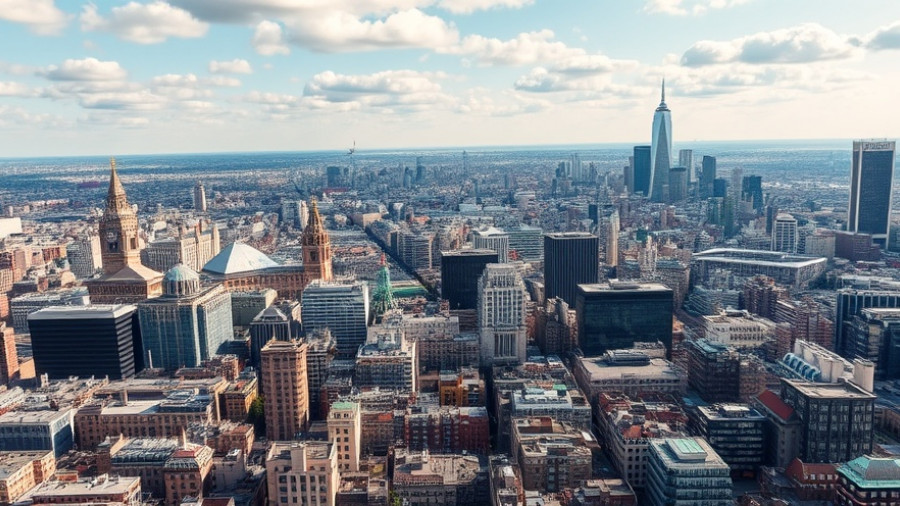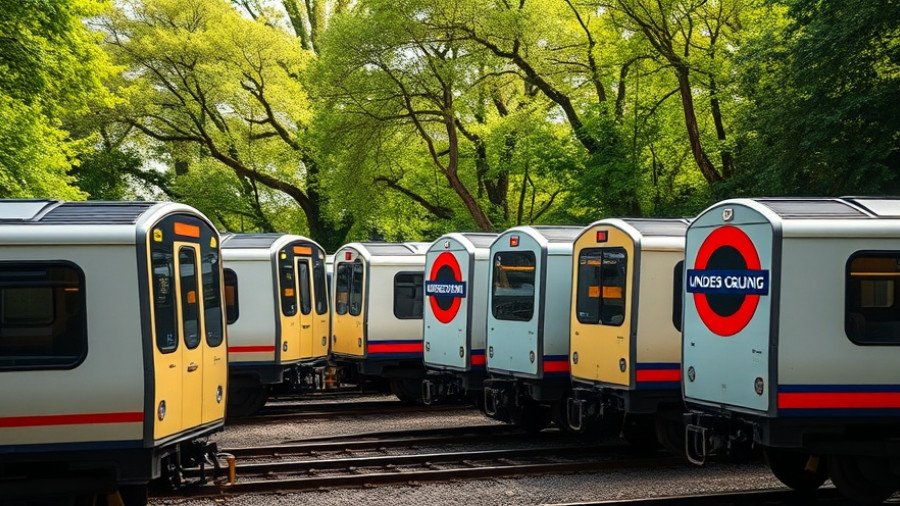
Remembering the Moorgate Tragedy: A Historical Perspective
On February 28, 1975, the Moorgate station, part of London's Northern City line, witnessed one of the most catastrophic events in the history of the London Underground. A train barreled through the barriers at the southern terminus without slowing, resulting in 43 fatalities and 74 injuries. This tragedy not only marked a grim chapter in London's transport history; it also brought about significant safety reforms. Witnesses, who encountered a scene reminiscent of a mine disaster, reported harrowing experiences as rescuers worked through debris, smoke, and chaos. The aftershocks of this day are still felt today, with memorials reminding us of the lives lost and the importance of safety in public transport.
The Human Impact: Survivors' Stories
Among those impacted was 19-year-old police trainee Margaret Liles, who survived a grueling 13 hours trapped in the wreckage. Her story adds a personal layer to this disaster, illustrating the terrifying moments of uncertainty and struggle faced by survivors. As Margaret recounted her experience, the fear of suffocation and uncertainty loomed, highlighting the human element often lost within the statistics of tragedy. Her remarkable journey of recovery showcases resilience and invokes empathy for all affected on that day.
A Community Response and Change
In the wake of the Moorgate crash, London's underground transport system implemented critical changes to enhance safety. The tragic event spurred the installation of an automatic stop system, known as the Moorgate Protection, which engages emergency brakes when trains approach end tunnels too quickly. This change not only reflects a community's push for safer transport but also honors the memory of those who lost their lives. In the aftermath, the community united, rewarding local heroes who rushed to help, reinforcing the resilience of human spirit amid tragedy.
Lessons Learned: The Continuous Pursuit of Safety
The Moorgate disaster remains a pivotal case study in public transport safety. Investigations indicated no mechanical failure of the train or track, leading to a focus on operator behavior. Today, the lessons learned continue to influence how we view driver training and public safety protocols. Understanding both the technical and human factors is crucial in preventing future tragedies and ensuring that such a dark day is a lesson learned rather than a repeat occurrence.
Commemorating Lives Lost: Memorials Today
This year marks several decades since the tragedy, and to honor those who perished, memorials have been erected at Finsbury Square and Moorgate station itself. These memorials serve not only as a place of remembrance but also asimportant reminders of the value of human life and the collective responsibility we hold for each other’s safety while commuting in this vast city.
Continued High Stakes: The Importance of Awareness
The Moorgate incident reminds us of the ongoing challenges faced by transport authorities in ensuring passenger safety, especially as urban areas expand and train networks grow busier. Regular training for drivers, community awareness campaigns, and technological innovations will remain essential as we navigate the complexities of urban transportation.
As we reflect on events like the Moorgate crash, it is vital to advocate for improvements and maintain awareness about safety in our commuting experiences. This collective responsibility is crucial to preventing future tragedies and building safer communities.
Understanding such history is not just about remembering the past; it’s about creating a safer future for all Londoners. The Moorgate tragedy is a powerful reminder of the human cost of these transportation systems and the need for perpetual vigilance. For homeowners and commuters, staying informed about local transport developments and safety measures not only benefits your family, it supports your entire community.
 Add Row
Add Row  Add
Add 




Write A Comment